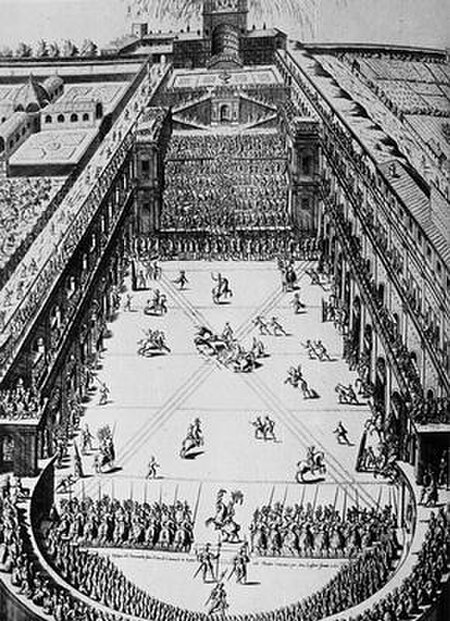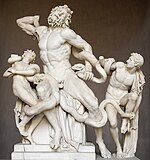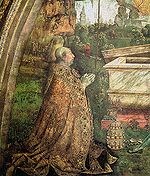Cortile del Belvedere

The Cortile del Belvedere (Belvedere Courtyard or Belvedere Court) was a major architectural work of the High Renaissance at the Vatican Palace in Rome. Designed by Donato Bramante from 1505 onward, its concept and details reverberated in courtyard design, formalized piazzas and garden plans throughout Western Europe. Conceived as a single enclosed space, the long Belvedere court connected the Vatican Palace with the Villa Belvedere in a series of terraces connected by stairs, and was contained on its sides by narrow wings. Bramante did not see the work completed, and before the end of the sixteenth century it had been irretrievably altered by a building across the court, dividing it into two separate courtyards.
Excerpt from the Wikipedia article Cortile del Belvedere (License: CC BY-SA 3.0, Authors, Images).Cortile del Belvedere
Viale Oscar Romero,
Geographical coordinates (GPS) Address Nearby Places Show on map
Geographical coordinates (GPS)
| Latitude | Longitude |
|---|---|
| N 41.904166666667 ° | E 12.454722222222 ° |
Address
Musei Vaticani
Viale Oscar Romero
00120 , Vatican City
Vatican City
Open on Google Maps










